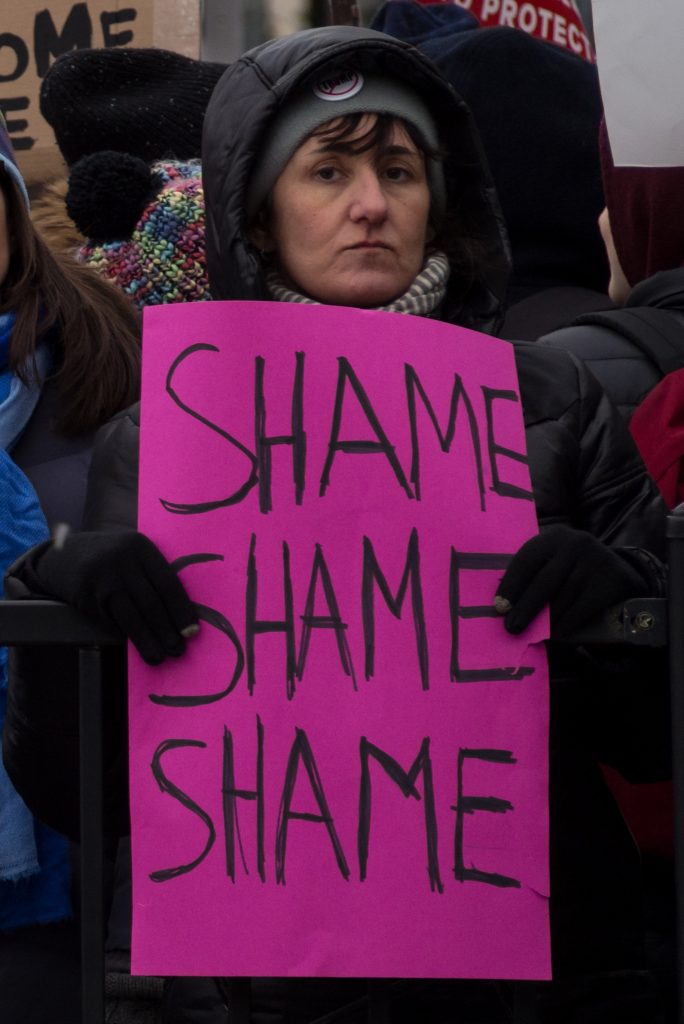Following are a first in a series of reflections from teaching “Storytelling and Communicating for Change” last fall in the University of Vermont Masters of Leadership for Sustainability program. See my previous posts here.
I teach because the students always remind me how important it is to continue to love the questions…
Why it’s important to get clear on who the audience is and who the changemakers are
Here’s our challenge as communicators: taking the issues out of the realm of ideals and concepts. and humanizing them, attaching them to people – either to those affected or to those with the decision-making power to start to change them. In other words, who is closest to the problem? Who is responding in the immediate problem? And who else can start putting the longer-term cures in place? Where are all kinds of power operating? What is the best and most just way for a reader/viewer/supporter to be involved?
We have so many decisions to make besides the words and images we use. Zeroing in on audience often helps narrow and bring clarity. The purpose here is to put ourselves in others’ shoes and think through their motivations, which might be very different than ours, as we develop messaging.
Careful not to “should” all over your audience
The “should mindset” is communicated in rhetorical word choices like: should, must, have/need to, it’s time to. These are quite polarizing words that place the reader as either with you or against you. They can sound arrogant, forceful, or inflexible, and can alienate your reader/listener. Essentially you’re assuming everyone already thinks like you, or they should. That energy of “convince and change” is potentially dehumanizing. Certainly, that doesn’t necessarily make them bad word choices – there is a time and a place for imperatives.
“Effectiveness moves along relational lines. ‘Rightness’ remains frozen, surrounded by walls of shutdown.” ~Nina Smolyar
In my own writing, I often switch out these words (which come so natural to humans, myself included) with: could/would, can, is important that… Another tip is to turn your mandate into a question that includes you and keep it specific, e.g. “Can we, as people with privilege, identify and call out the microaggressions we see in our workplaces?” rather than “People with privilege should build relationships based on respect and humility.”
Trouble is…not enough love

Who wants to be judged, chastised, or shamed?
People don’t act from a thinking place, but an emotional one. For example, people often feel so dwarfed and overwhelmed by the climate crisis, for example, that taking action is even harder.
So instead of trying to shape people to “do the right thing” with our nonprofit communications, what if we were inviting them to do something for a place or a group of people they love?
Rather, what if the starting point in communications was belonging and connectedness? How would the words change? I love this practice as described by Adrianne Maree Brown:
“Move towards spaces that value us, let ourselves belong to those communities that know they want us, know they need us, know we have worth, know we deserve more than transactional care.”
How could “belonging” result in action differently than those old emotional nonprofit/marketing tropes?
Join us in…pain?
Of course talking to people who already think like us feels good, but it doesn’t get us anywhere. How do we then meet people “where they are” when their worldviews may be at odds with our own? Instead of trying to change them, think of your engagement as: What’s the next step on their own learning journey that they can take to get us all closer to the healthy future I see, rather than convincing them they’re wrong? What can we learn from the way they see “the systems” that surround the issue we care to affect/change? And thus how can we create messages that resonate with them rather than disregard other orientations to seeing the world?
Waking up to how unconscious you are is painful. Many times, we are inviting people to join us in a healing process, which can be scary and intimidating. Necessarily, confronting personal and societal pain is part of this, and it actually never ends (also tricky). So let’s make sure not to only talk about what’s hard, but especially about the joy and the liberation and the connection and expanded love that are also the “rewards” of taking this journey.
Related Posts
Reimagining Nonprofit Communications in a Hyper-Connected World
“…and this is what we are already doing about it”
Does aid need a 12-step program?
The only way to fight racism in our sector
De-colonising development is both personal and political
11 (still!) useless approaches to communicating about global development


Insightful blog